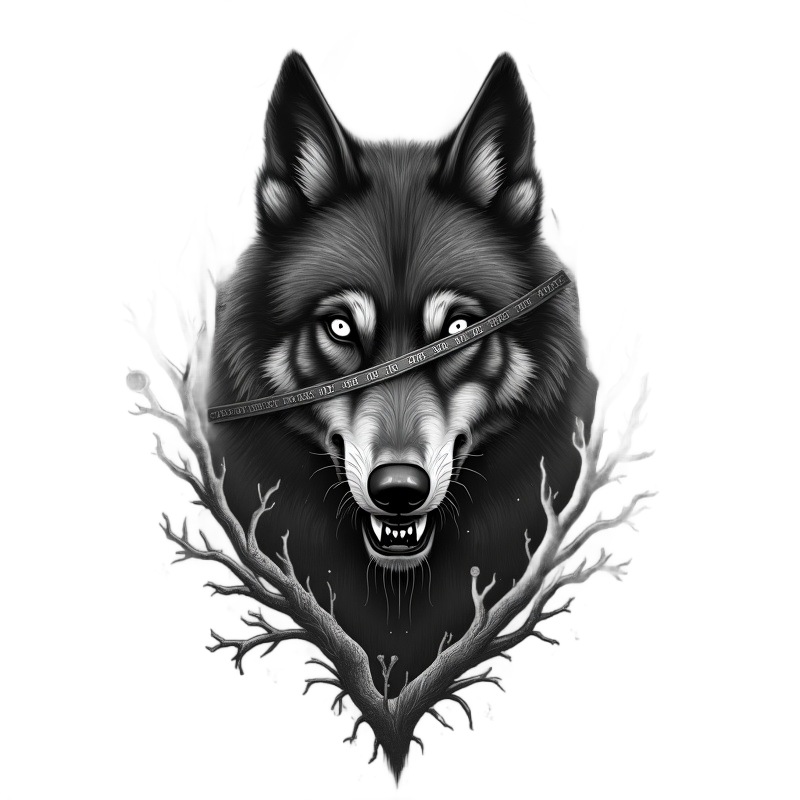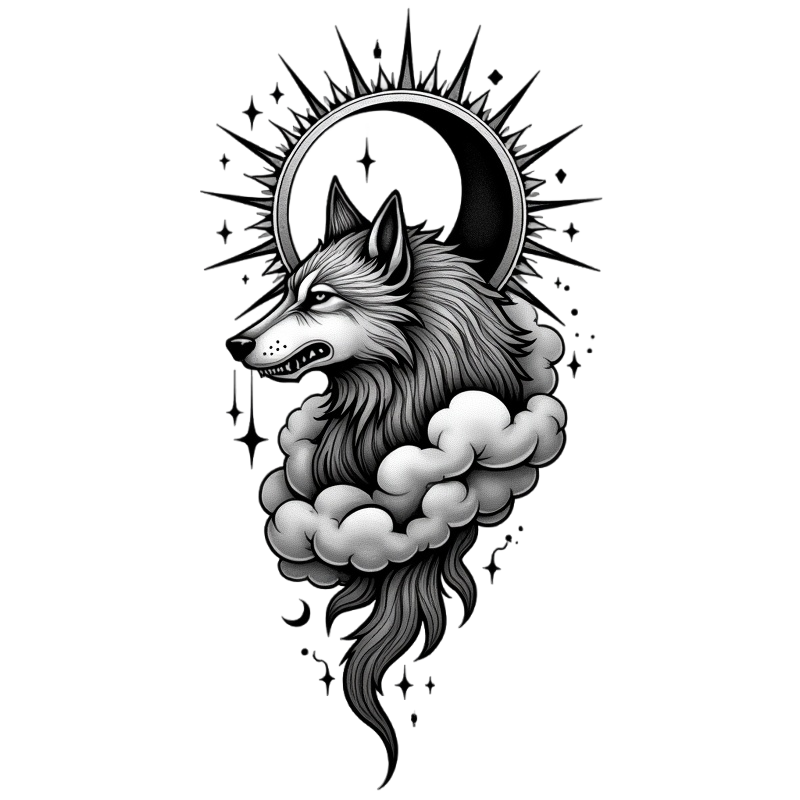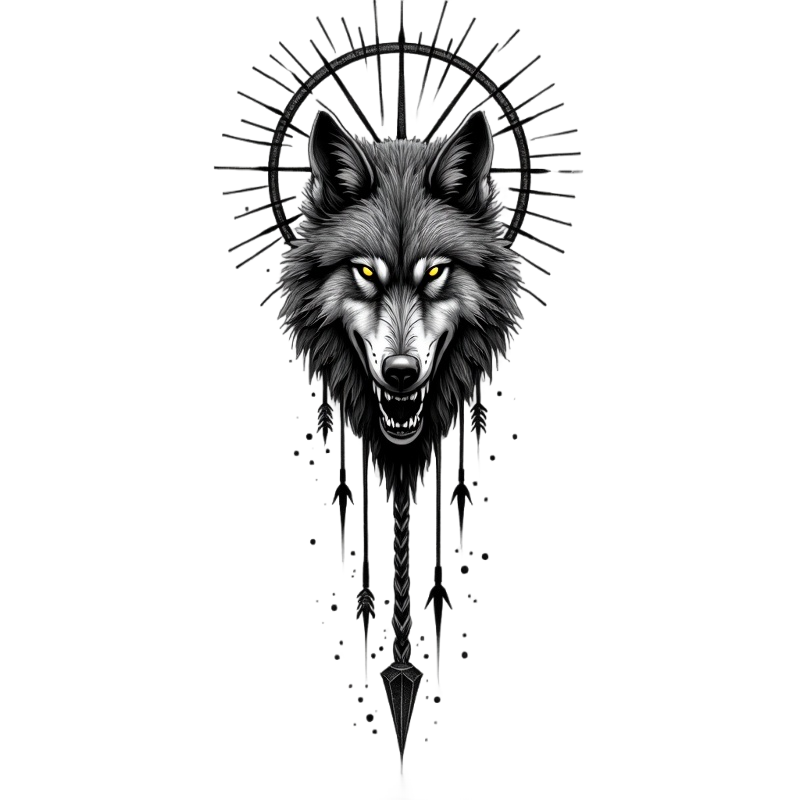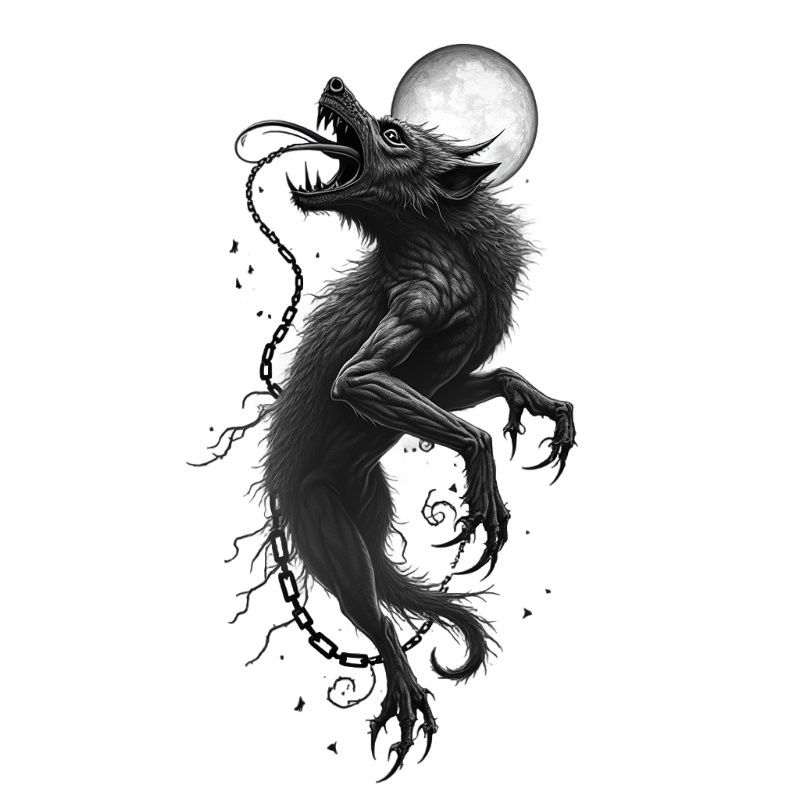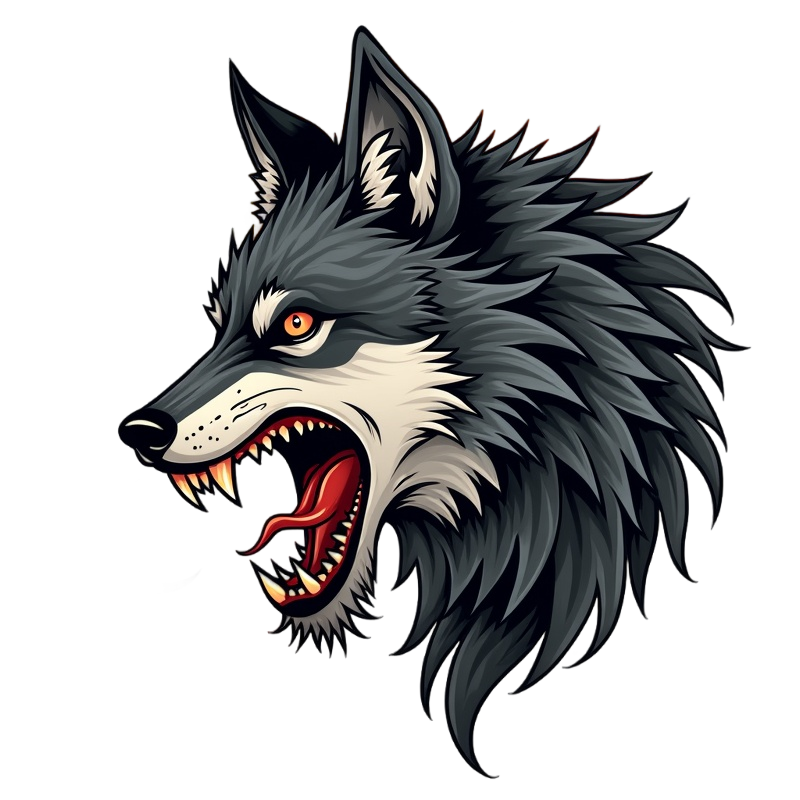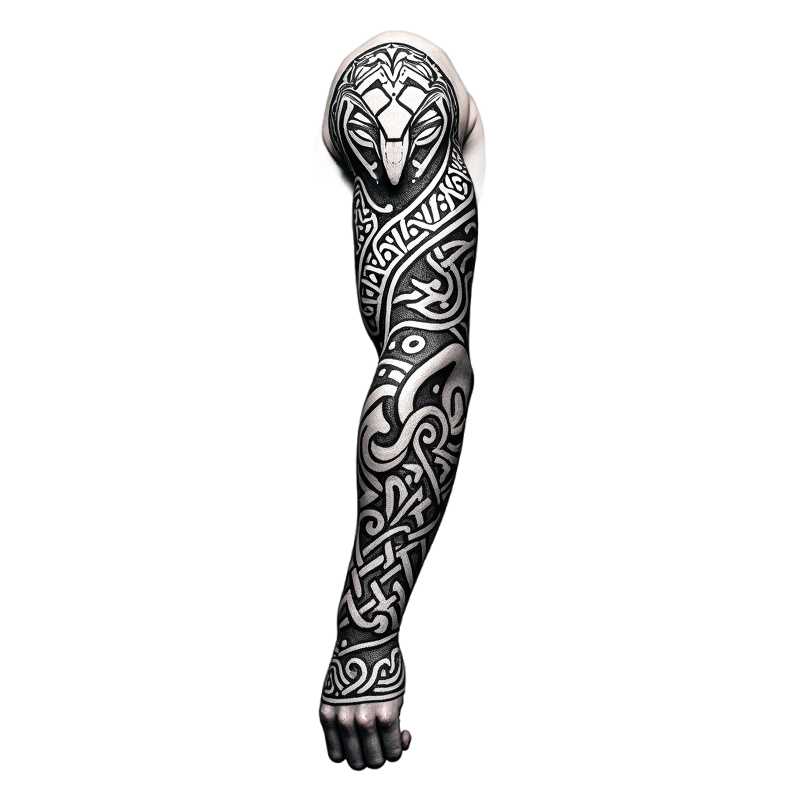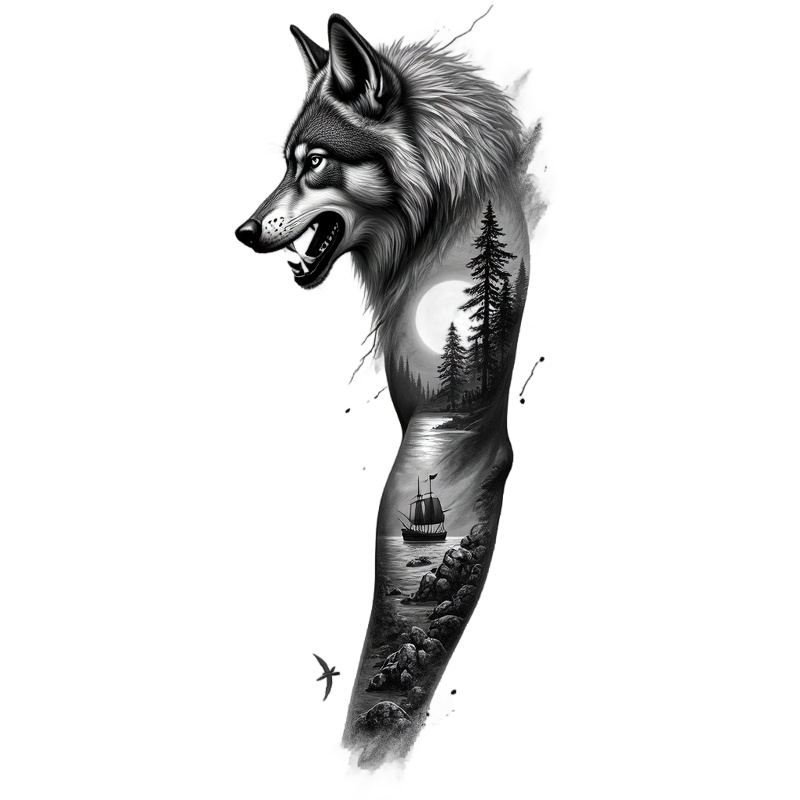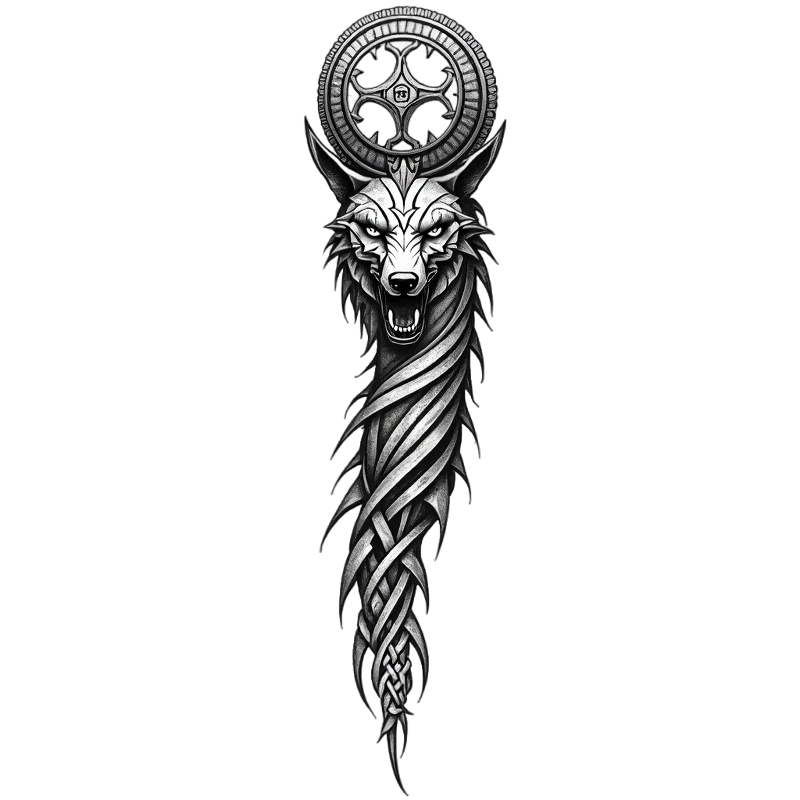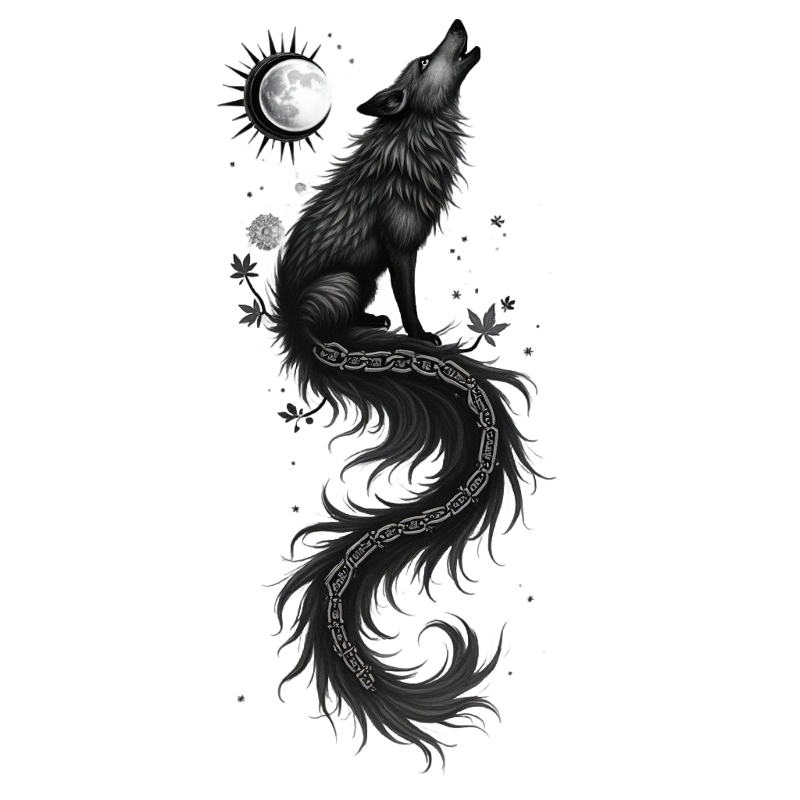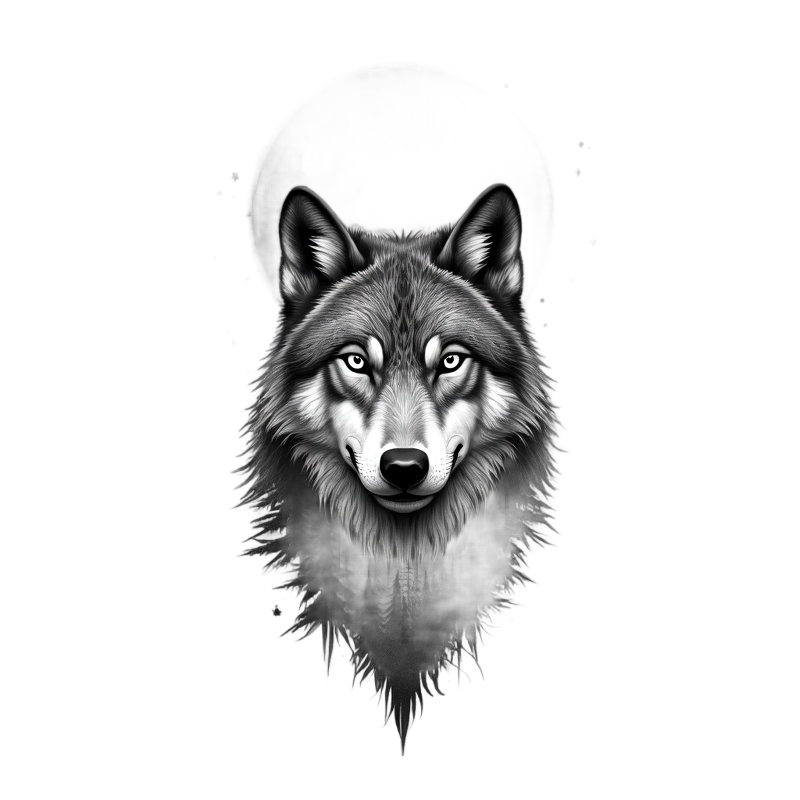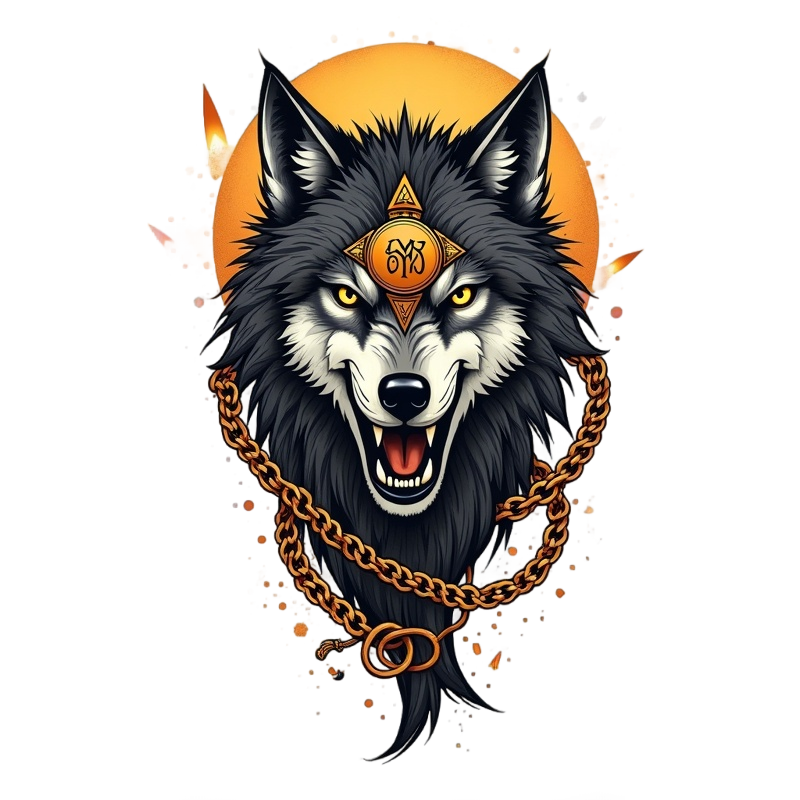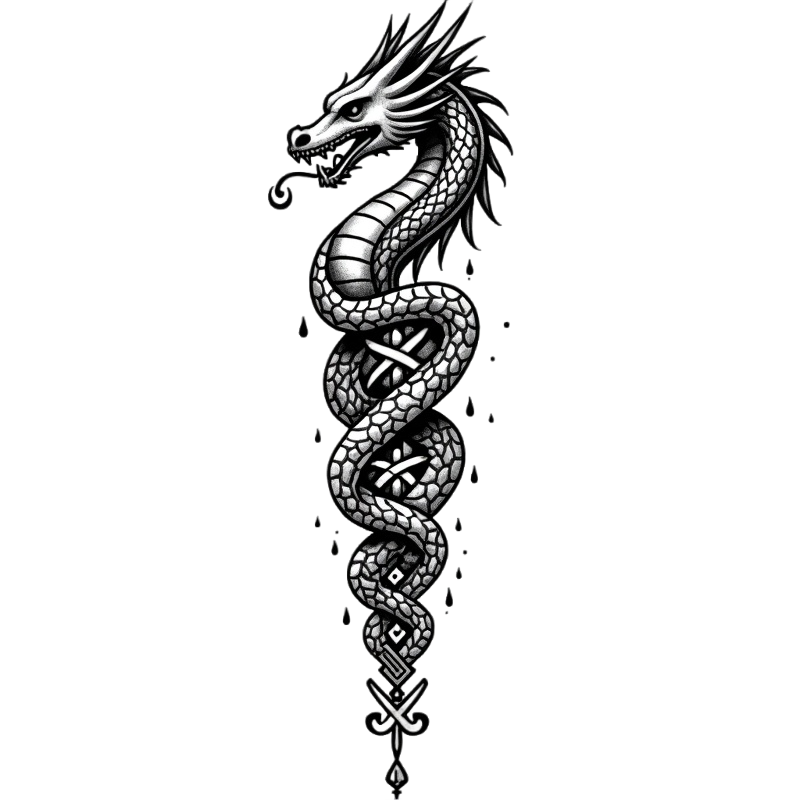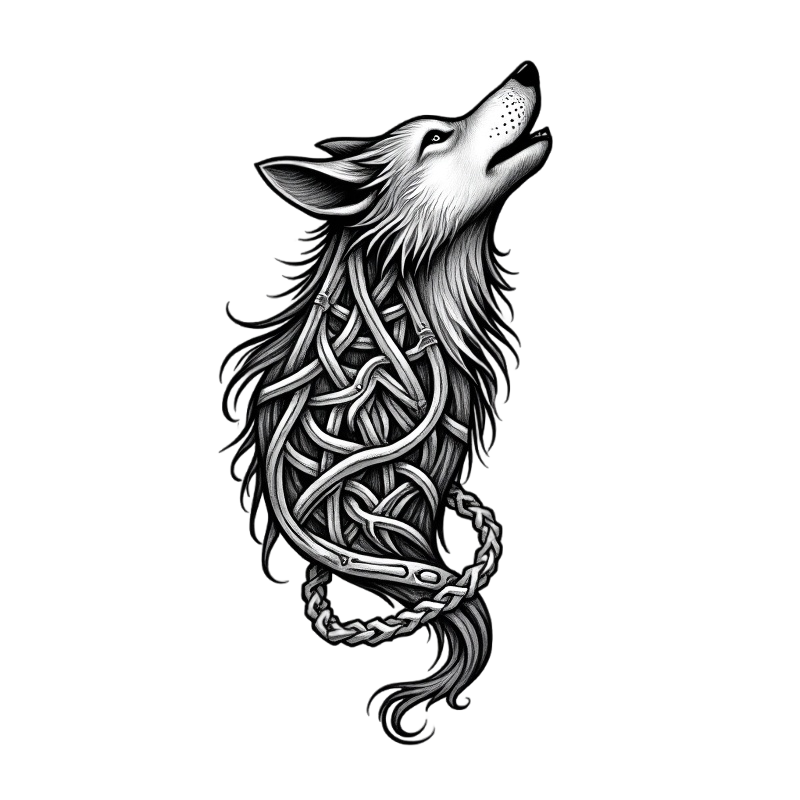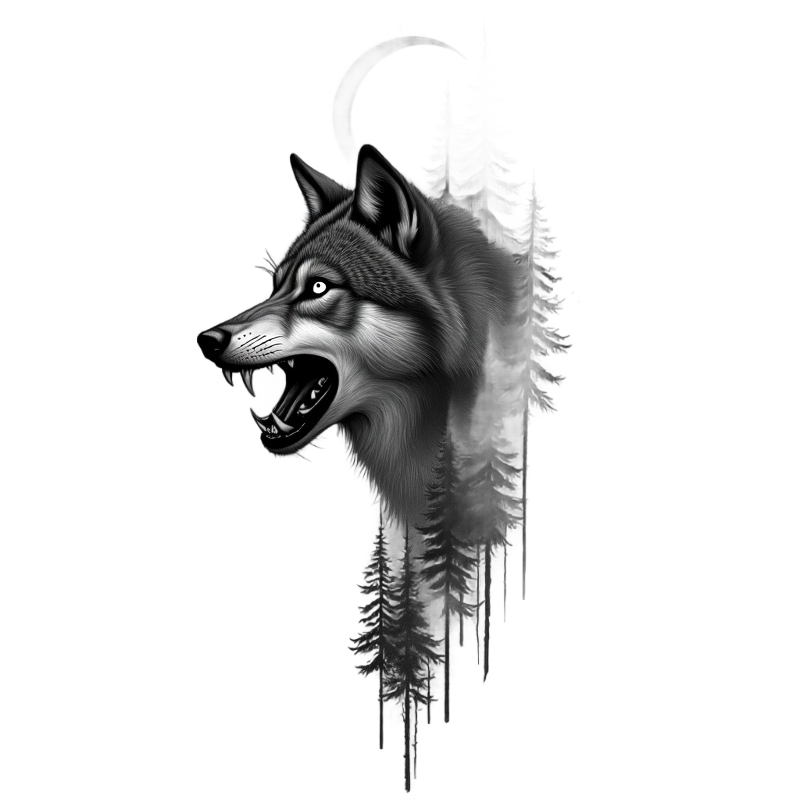Fenrir Tattoo Ideas, Designs and Meaning
Meaning of Fenrir Tattoos
- Fenrir tattoos often symbolize strength, power, and chaos, drawing inspiration from Norse mythology.
- Fenrir is a monstrous wolf in Norse mythology, known for his immense strength and role in the prophecy of Ragnarok.
- In mythology, Fenrir is the son of the trickster god Loki and the giantess Angrboda, highlighting themes of rebellion and unpredictability.
- The tattoo can represent a connection to nature and the wild, as Fenrir embodies untamed and primal forces.
- Fenrir's story is one of betrayal and vengeance, often symbolizing the struggle against oppression and the inevitability of fate.
- Culturally, Fenrir is a significant figure in Viking lore, representing the destructive power that leads to rebirth and renewal.
- Historically, Fenrir's tale has been passed down through the Poetic Edda and Prose Edda, key sources of Norse mythology.
- The tattoo is popular among those who appreciate Norse culture, mythology enthusiasts, and individuals seeking a powerful symbol of resilience.
- Fenrir tattoos are often depicted in a realistic or illustrative style, capturing the ferocity and majesty of the mythical wolf.
- Common placements for Fenrir tattoos include the arm, back, or chest, allowing for detailed and expansive designs.
- While not gender-specific, Fenrir tattoos are often chosen by individuals who resonate with themes of strength and defiance.
2,246 Tattoo Ideas


The Viking Wolf: 30+ Fenrir Tattoo Ideas
Selection from Pinterest


Fenrir Wolf Tattoo
Selection from Pinterest
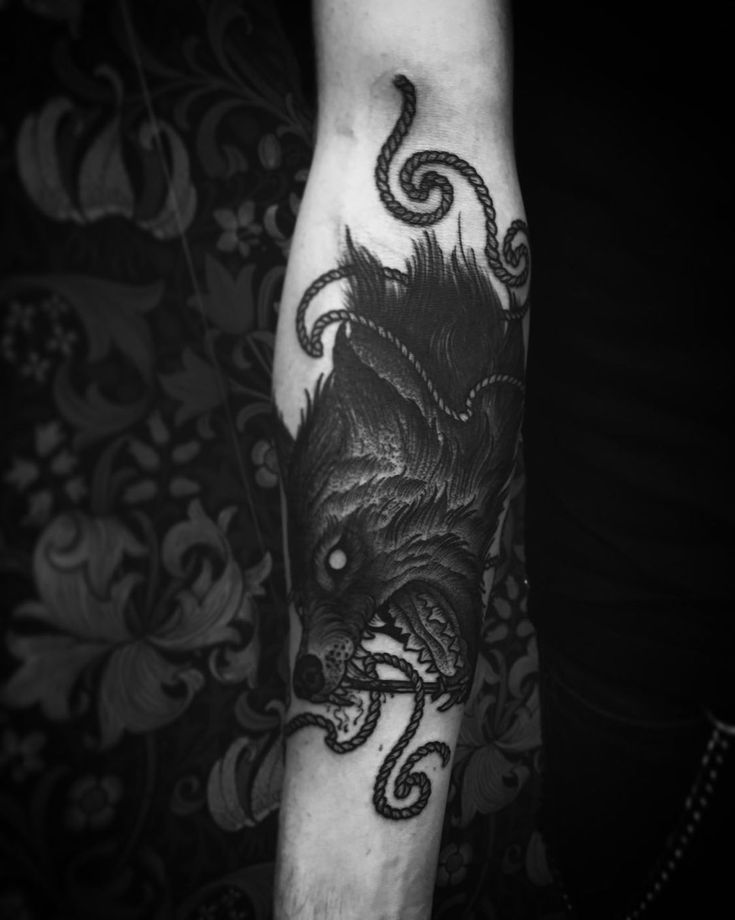

40+ Fenrir Tattoo Ideas & Trending Designs, Symbolism & Meaning - AI Tattoo Lab
Selection from Pinterest
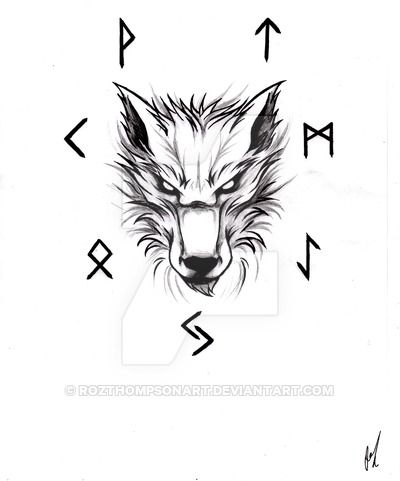

Fenrir tattoo design. Please ask me if you would like to use this.
Selection from Pinterest
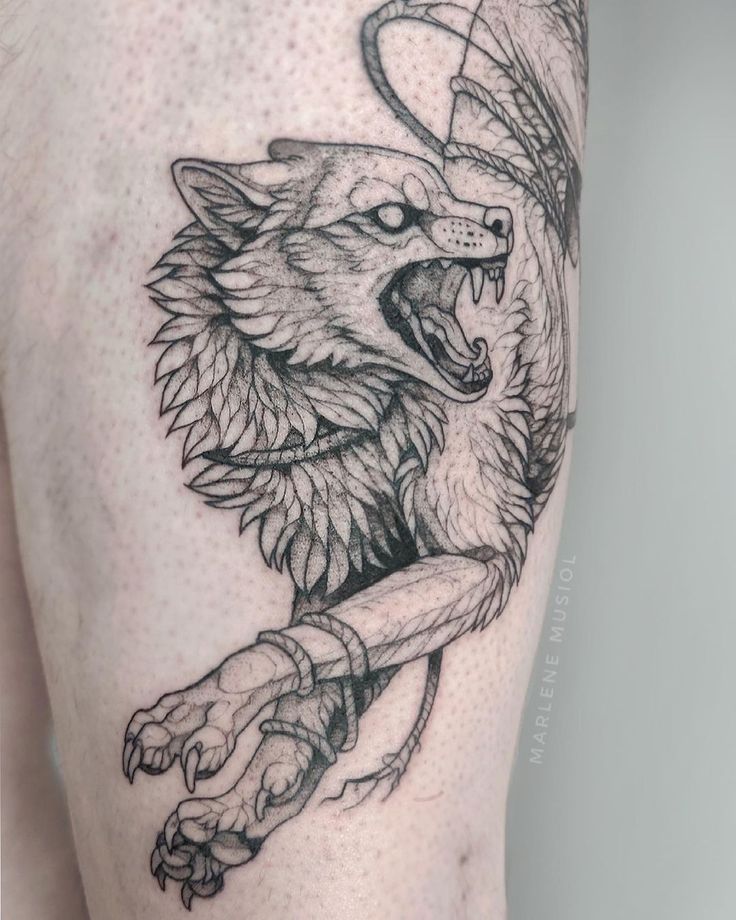

40+ Fenrir Tattoo Ideas & Trending Designs, Symbolism & Meaning - AI Tattoo Lab
Selection from Pinterest


50+ Brave Fenrir Tattoo Ideas
Selection from Pinterest


50+ Brave Fenrir Tattoo Ideas
Selection from Pinterest
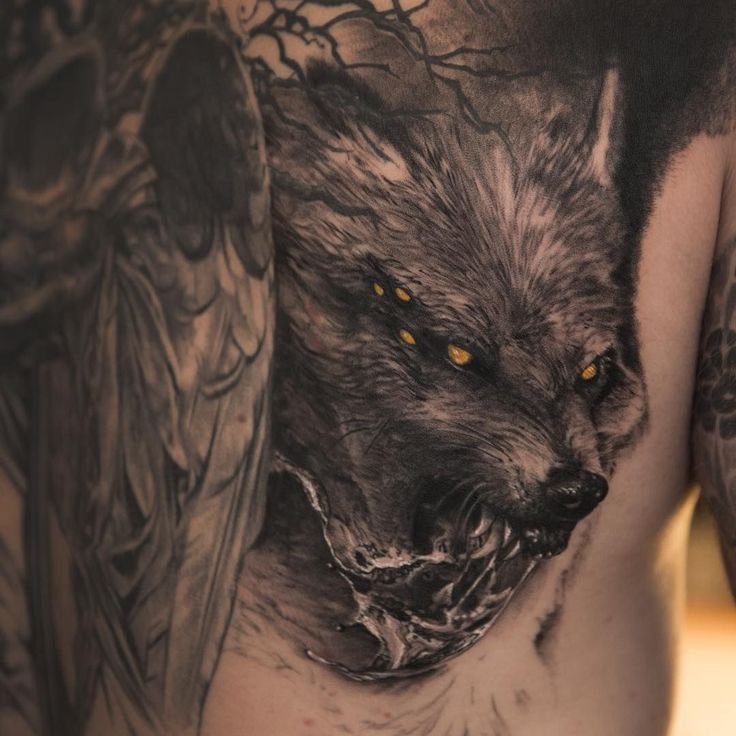

165 FRIGHTENING FENRIR TATTOOS: Meanings, Tattoo Ideas & Tattoo Designs
Selection from Pinterest
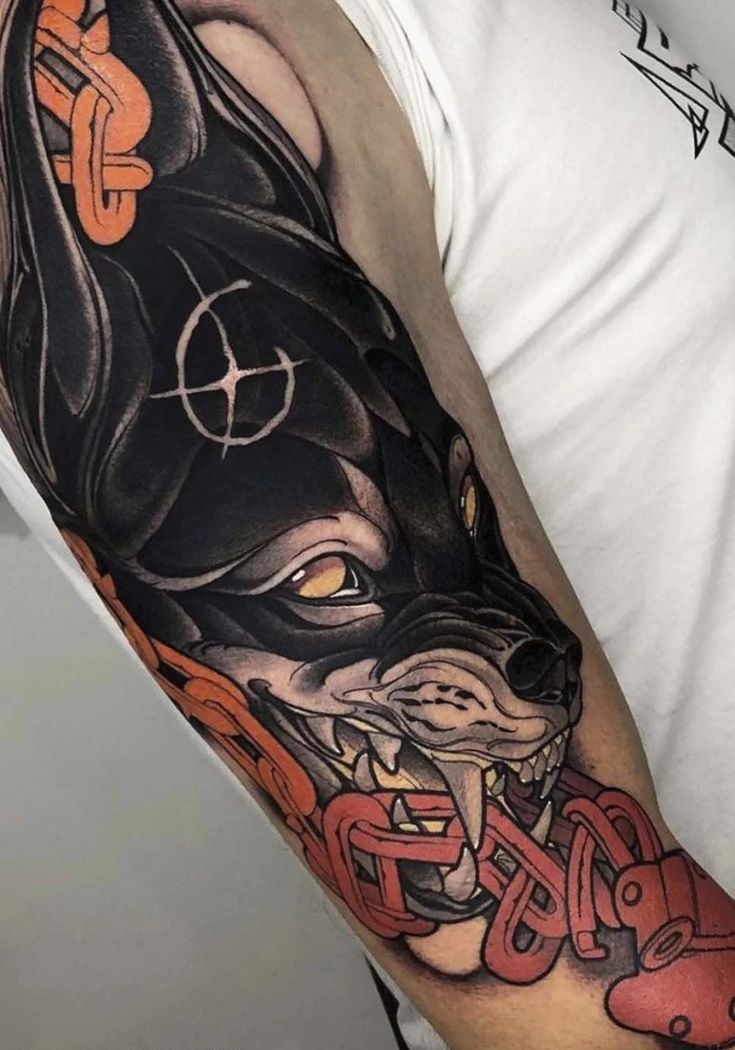

165 FRIGHTENING FENRIR TATTOOS: Meanings, Tattoo Ideas & Tattoo Designs - TATTOOGOTO
Selection from Pinterest
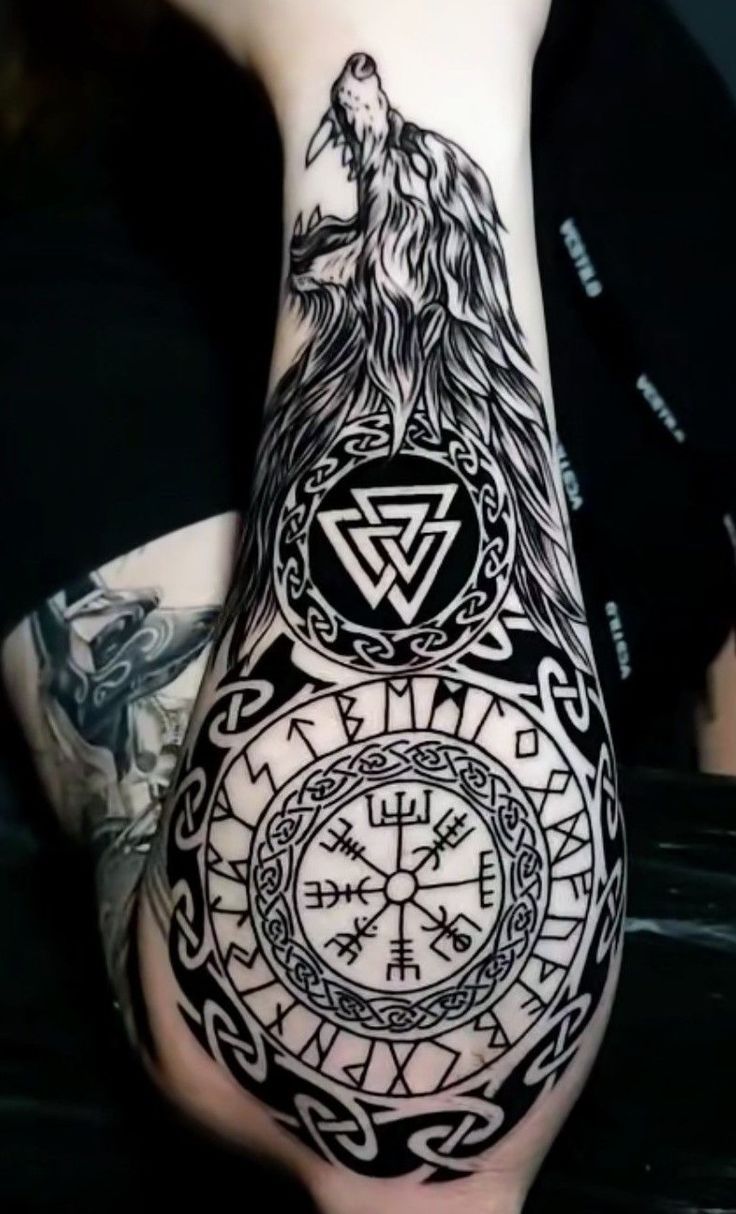

165 FRIGHTENING FENRIR TATTOOS: Meanings, Tattoo Ideas & Tattoo Designs
Selection from Pinterest


15 Fierce Fenrir Tattoo Designs with Meaning
Selection from Pinterest


50+ Brave Fenrir Tattoo Ideas
Selection from Pinterest
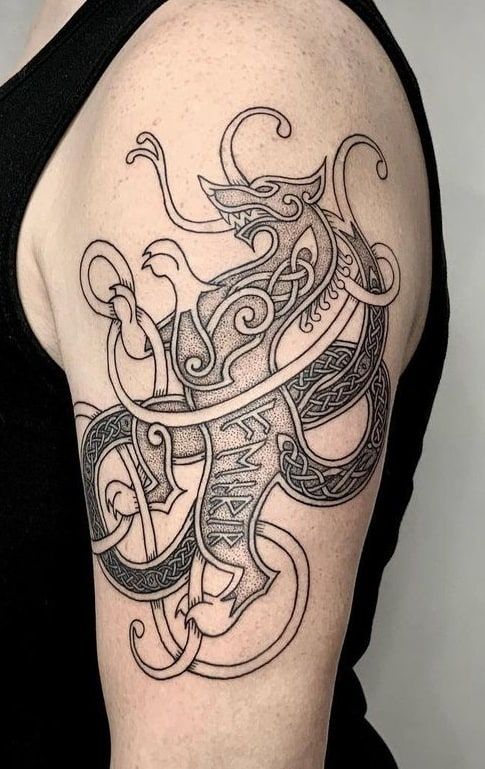

The Viking Wolf: 30+ Fenrir Tattoo Ideas
Selection from Pinterest


Discover 8 Fenrir tattoo and wolf tattoos ideas | nordic tattoo, norse tattoo, body art tattoos and more
Selection from Pinterest


165 FRIGHTENING FENRIR TATTOOS: Meanings, Tattoo Ideas & Tattoo Designs - TATTOOGOTO
Selection from Pinterest


165 FRIGHTENING FENRIR TATTOOS: Meanings, Tattoo Ideas & Tattoo Designs - TATTOOGOTO
Selection from Pinterest
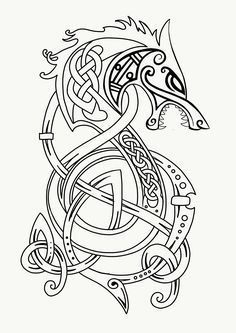

Discover 42 Fenrir and Arte Viking Ideas | celtic knotwork wolf, sköll and hati wolves tattoo, norse mythology tattoo, celtic animals and more
Selection from Pinterest


50+ Brave Fenrir Tattoo Ideas
Selection from Pinterest
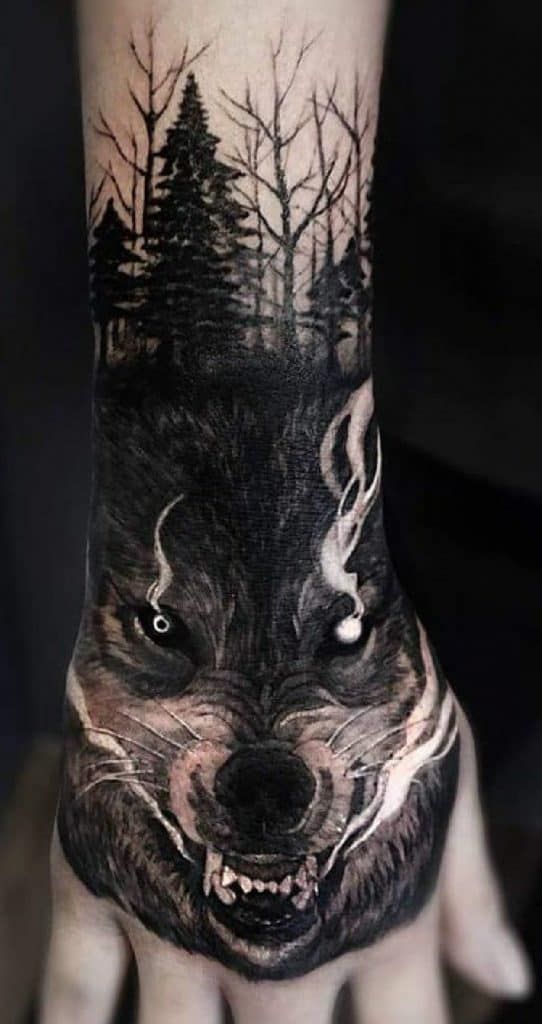

The Viking Wolf: 30+ Fenrir Tattoo Ideas
Selection from Pinterest
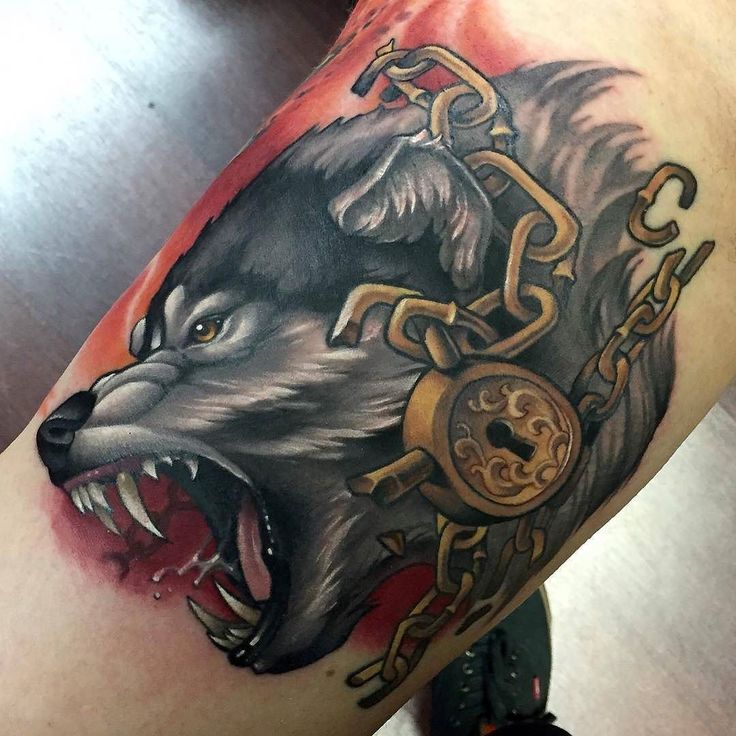

Ultimate Fenrir Tattoo Collection - 30 Fenrir Tattoo Designs, Ideas and Meanings - Tattoo Me Now
Selection from Pinterest
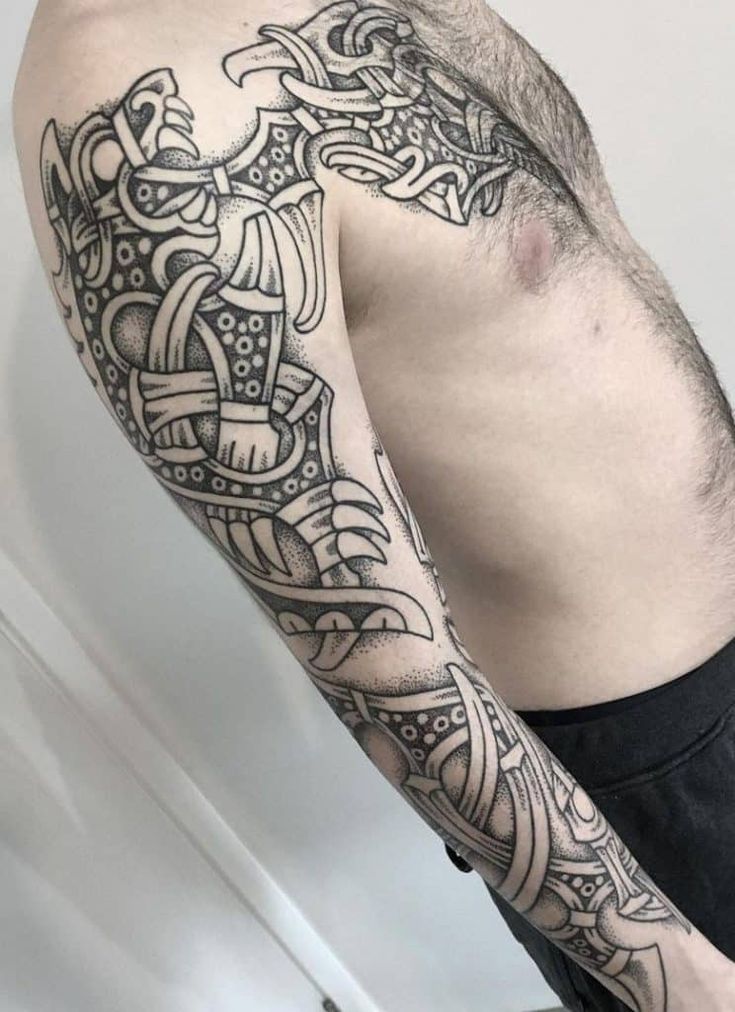

The Viking Wolf: 30+ Fenrir Tattoo Ideas
Selection from Pinterest
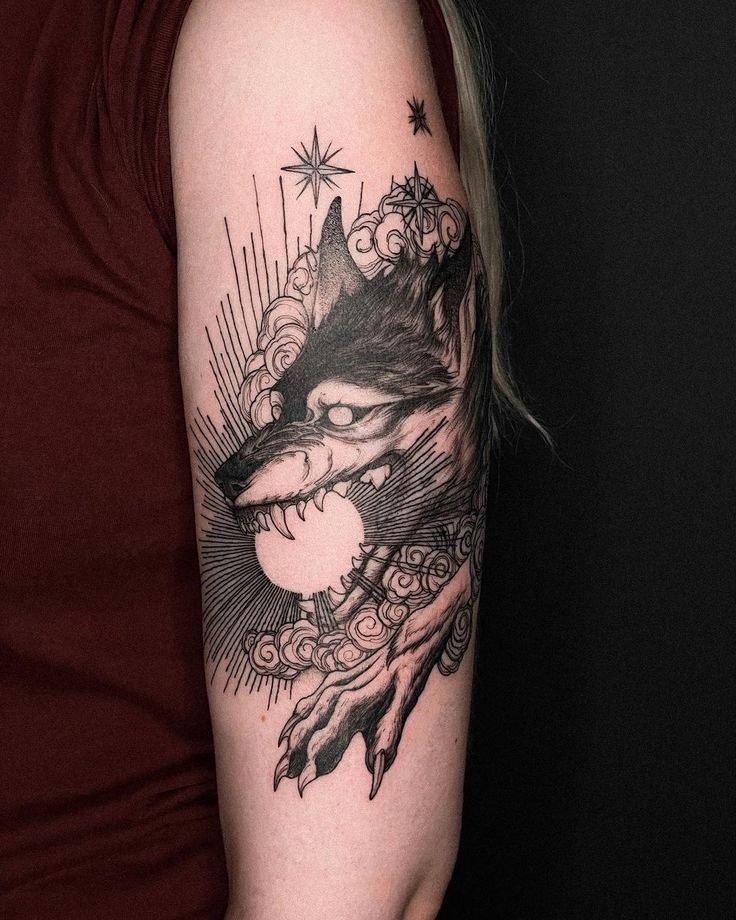

50+ Brave Fenrir Tattoo Ideas
Selection from Pinterest
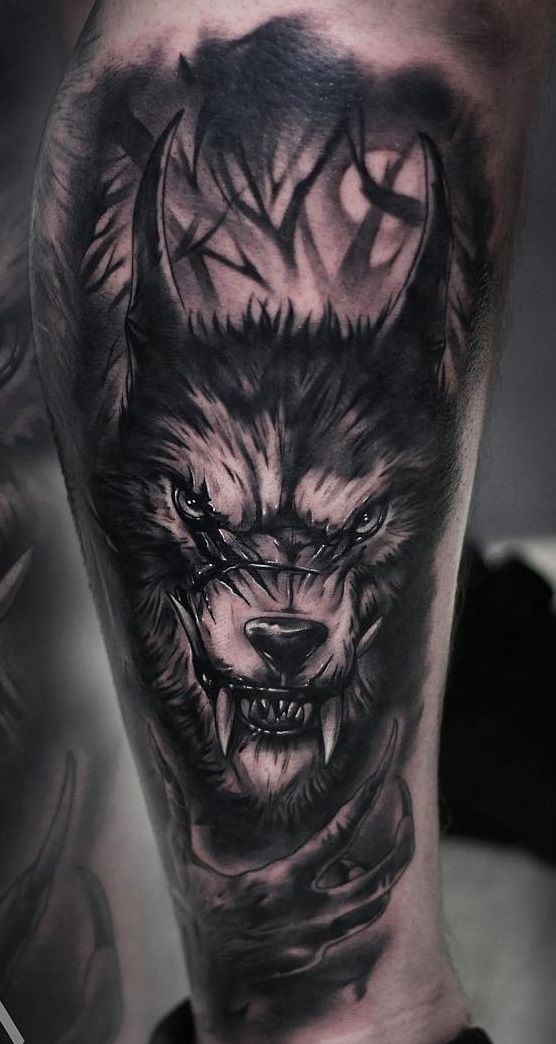

50+ Brave Fenrir Tattoo Ideas
Selection from Pinterest
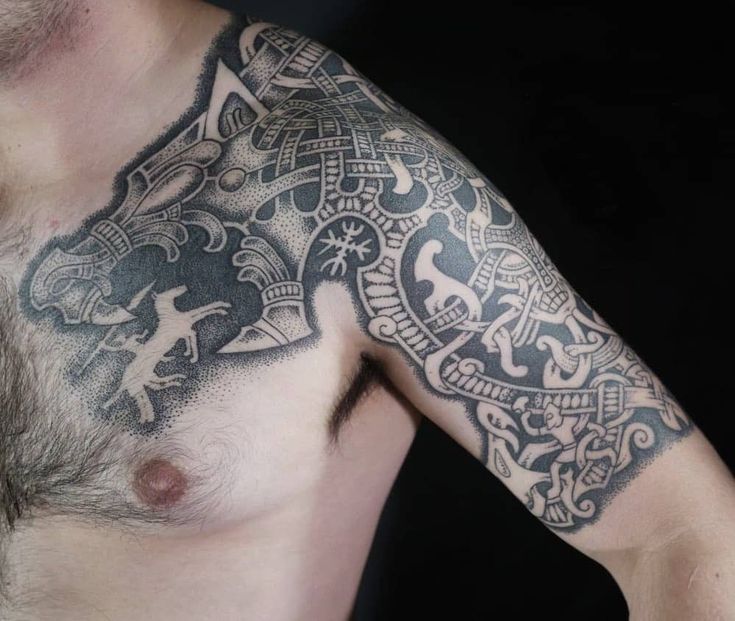

The Viking Wolf: 30+ Fenrir Tattoo Ideas
Selection from Pinterest
One App to Store All Your Tattoo Ideas
Store your tattoo ideas in one place and Virtual Try-On them on your body!

Avoid Regrets with 3D Virtual Try-On!
Do a 3D Virtual Try-On to see how your tattoo design looks like on your body before you get it tattooed. Powered by Tatship's AI and 3D technology.



Cultural Considerations and Taboos for Fenrir Tattoos
Taboos and Cultural Sensitivities
When considering a Fenrir tattoo, it's important to be aware of cultural sensitivities, particularly in relation to Norse mythology and its appropriation. Some individuals with Norse heritage may view the tattoo as a sacred symbol, and using it without understanding its cultural significance could be seen as disrespectful. Additionally, Fenrir is sometimes associated with neo-pagan and heathen movements, so it's crucial to approach the tattoo with respect for these beliefs.
Moreover, Fenrir's association with chaos and destruction might not be well-received in certain contexts, such as professional environments or conservative cultures. It's advisable to consider the potential perceptions and interpretations of the tattoo in different social settings.
Popular Tattoo Styles and Variations for Fenrir Tattoos
Popular Styles and Variations
Fenrir tattoos can be rendered in various styles, each offering a unique interpretation of the mythological creature:
- Realism: This style focuses on detailed and lifelike depictions of Fenrir, capturing the wolf's fierce expression and powerful physique.
- Traditional Norse: Incorporating elements of Viking art, such as knotwork and runes, this style pays homage to the tattoo's mythological roots.
- Blackwork: Utilizing bold black lines and shading, blackwork tattoos create a striking and dramatic representation of Fenrir.
- Neo-traditional: Combining traditional tattoo techniques with modern elements, this style offers a vibrant and stylized depiction of Fenrir.
- Minimalist: For those seeking a subtle design, minimalist tattoos use simple lines and shapes to convey the essence of Fenrir.
Each style can be customized with additional elements like chains, runes, or other mythological symbols to enhance the tattoo's meaning.
Historical Origins and Evolution of Fenrir Tattoos
Historical Significance
Fenrir's origins lie in Norse mythology, where he is one of the most feared creatures. As the offspring of the trickster god Loki and the giantess Angrboða, Fenrir's story is intertwined with the fate of the gods. According to myth, the gods, aware of Fenrir's potential for destruction, attempted to bind him with various chains, but he broke free each time. Eventually, they succeeded using a magical ribbon called Gleipnir, crafted by dwarves. Fenrir's role in Ragnarök, where he is destined to kill Odin, underscores his significance as a harbinger of change and the cyclical nature of destruction and rebirth.
Throughout history, Fenrir has been a symbol of fear and respect, embodying the untamed forces of nature that even the gods could not fully control. His story has been passed down through generations, influencing art, literature, and modern interpretations of Norse mythology.


